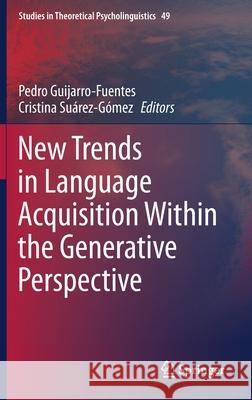New Trends in Language Acquisition Within the Generative Perspective » książka
topmenu
New Trends in Language Acquisition Within the Generative Perspective
ISBN-13: 9789402419313 / Angielski / Twarda / 2020 / 335 str.
New Trends in Language Acquisition Within the Generative Perspective
ISBN-13: 9789402419313 / Angielski / Twarda / 2020 / 335 str.
cena 563,56
(netto: 536,72 VAT: 5%)
Najniższa cena z 30 dni: 539,74
(netto: 536,72 VAT: 5%)
Najniższa cena z 30 dni: 539,74
Termin realizacji zamówienia:
ok. 22 dni roboczych.
ok. 22 dni roboczych.
Darmowa dostawa!
Kategorie:
Kategorie BISAC:
Wydawca:
Springer
Seria wydawnicza:
Język:
Angielski
ISBN-13:
9789402419313
Rok wydania:
2020
Wydanie:
2020
Numer serii:
000118072
Ilość stron:
335
Waga:
0.66 kg
Wymiary:
23.39 x 15.6 x 2.06
Oprawa:
Twarda
Wolumenów:
01
Dodatkowe informacje:
Wydanie ilustrowane











